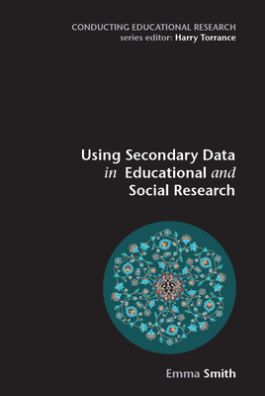Using Secondary Data in Educational and Social Research
- Access the eBook anytime, anywhere: online or offline
- Create notes, flashcards and make annotations while you study
- Full searchable content: quickly find the answers you are looking for
2 The Pitfalls of Secondary Data Analysis
3 The Promises of Secondary Data Analysis
4 Sources of Secondary Data
5 Doing Secondary Analysis
6 Sure start and leisure habits: Secondary Analysis of Aggregate data
7 Traffic jams and gap years: Secondary Analysis of Survey data
8 PISA and teacher quality: Secondary Analysis of International data
This comprehensive guide introduces students to the use of secondary data in educational and social research, and provides a practical resource for researchers who are new to the field of secondary data analysis. The author encourages researchers to consider the potential for using secondary data both as their primary research method, but also as a useful strategy in mixed methods designs.
The first part of the book explores the role of secondary data analysis in contemporary social research. It considers the arguments for and against its use and addresses its particular benefits in mixed method research designs, especially those in the political arithmetic tradition.
The second part introduces worked examples which show the potential for using secondary sources to answer a varied range of research questions. It provides step-by-step guidance on how to manipulate and analyse secondary data. The inclusion of recent national and international datasets as exemplars allows students to place their research in a 'real life' context and to consider current and topical research issues.

